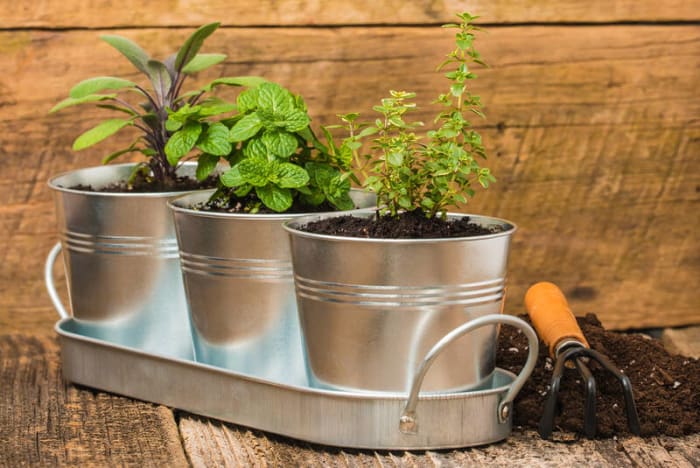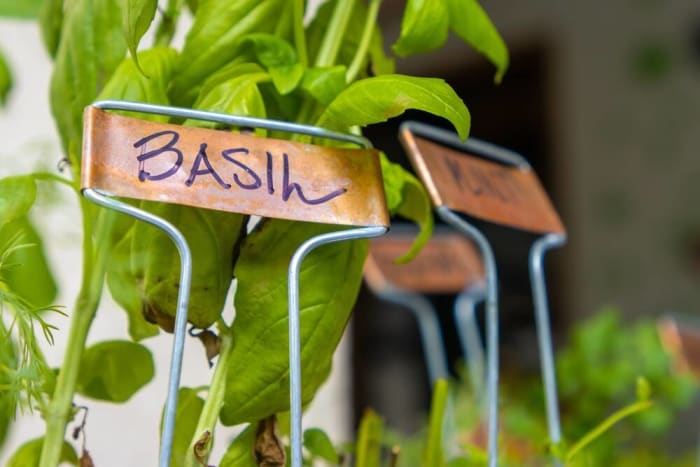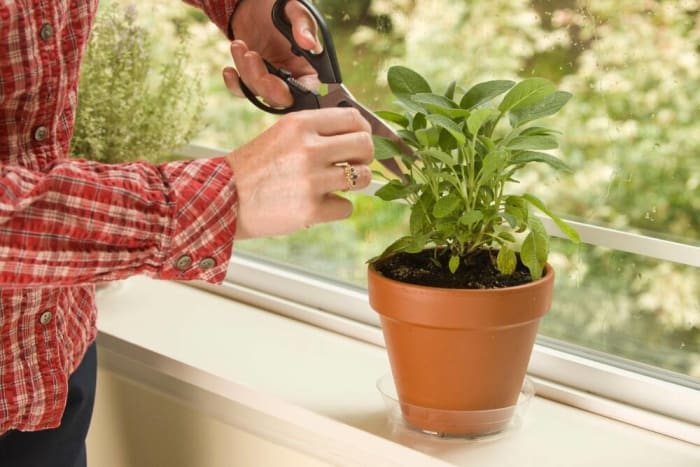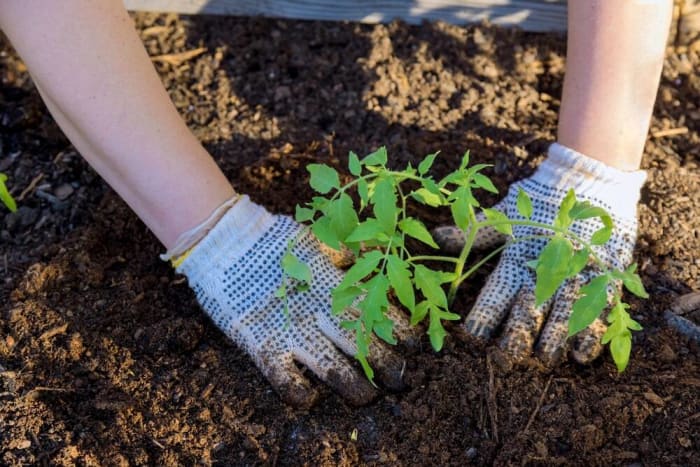x
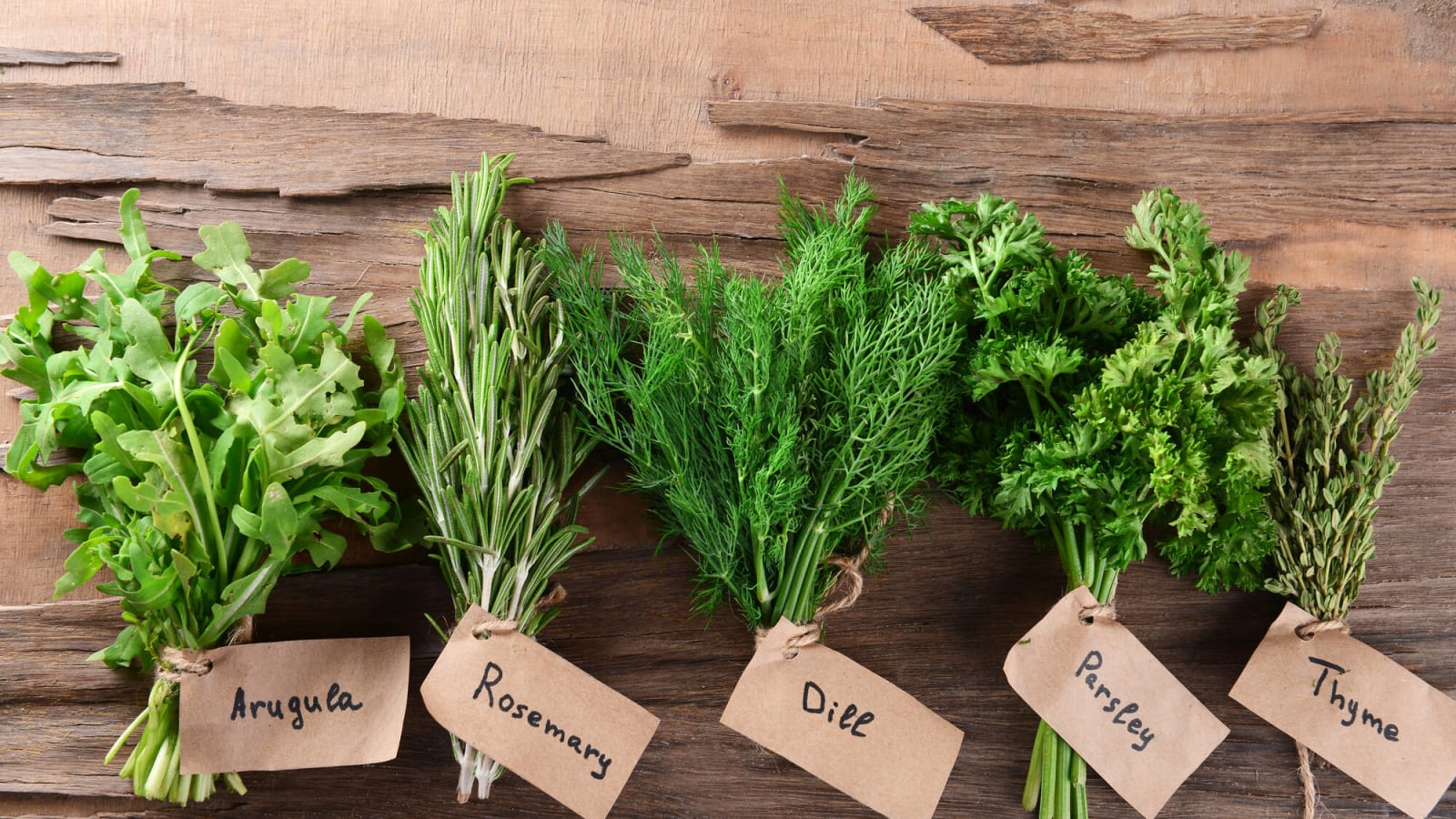
Shutterstock
20 tips for growing a thriving herb garden
Whether it's because you're tired of paying top dollar for those tiny plastic clamshells of herbs at the grocery store or simply looking to grow more of your own food, an at-home herb garden is a great way to dip your toe into the gardening world.
Flip through the slideshow for 20 tips for a thriving herb garden, from when to plant and how to prune to preserving your harvest for the colder months.
More must-reads:
- MLS divisional shift could spell trouble for two faltering franchises
- Bill Belichick reportedly 'has upper-level personnel still fond of him' with these NFL teams
- The 'NFL's active TD-catch leaders' quiz
Breaking News
Trending News
Customize Your Newsletter
 +
+
Get the latest news and rumors, customized to your favorite sports and teams. Emailed daily. Always free!
